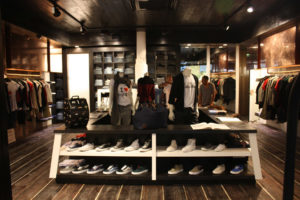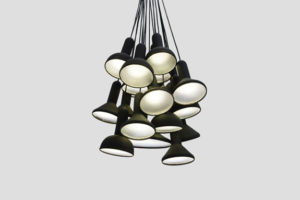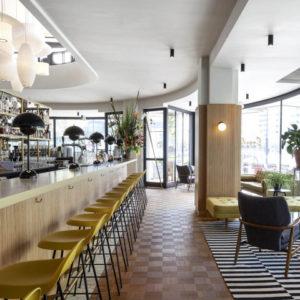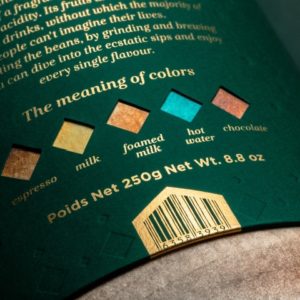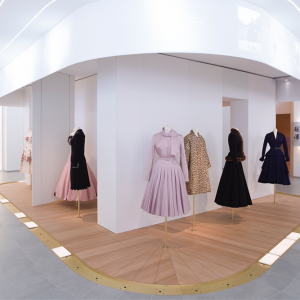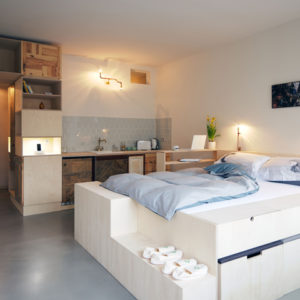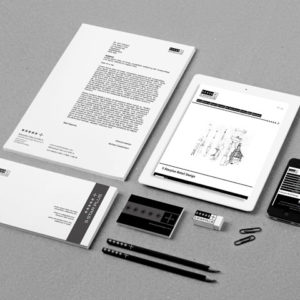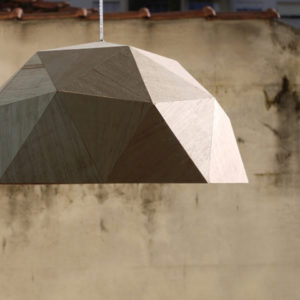
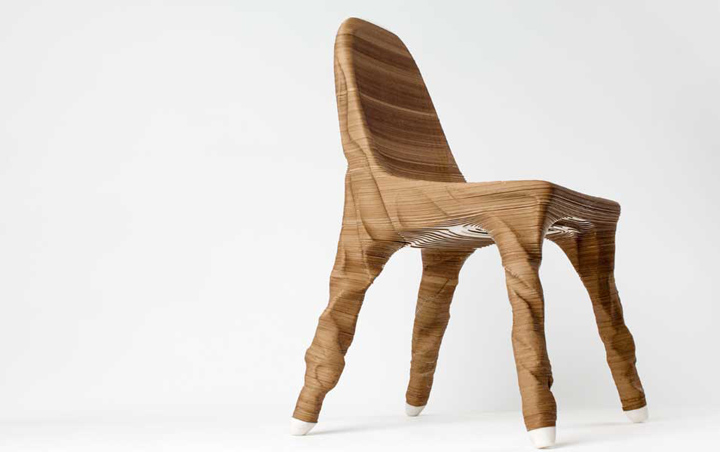

The Erosio chair also emerged from a 3D design and acquires its shape from the layering and turning of material, in this case, layers of paper. As with the other designs, the designer started with the basics of the design sculpture Muse. The compact arrangement of 900 sheets of paper lends the chair its solid state. A sintered component in the middle of the chair forms the core of a connecting system, to which four circular metal rods are fixed. These constitute the inner structure of the chair. The layers calculated on the computer which form the outer shape of the chair are threaded onto the round rods in an additive process. The individual paper layers are not all fixed to the chair’s legs so that the shape of the chair within the framework of its fixed inner construction can be lightly modified.
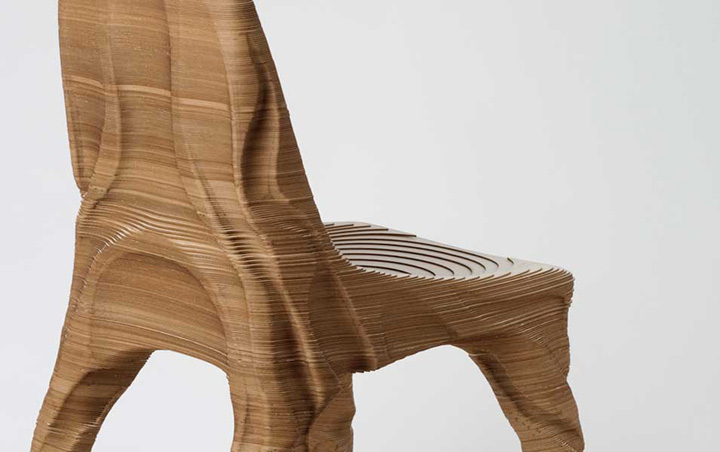
The aesthetic appeal of the chair’s finish is determined by sensual characteristics created by the electronic production process, but which in one way is similar to manual production. The precise laser technique with which the cardboard is cut leaves minimal burn marks, spots and fine fraying on the edges barely visible to the eye. As a result of these sutures, which are occasioned by the material and fully intended by the designer the chair assumes a material presence all of its own that is reminiscent of a natural material such as wood or sediment stone. In functional morphology, tectonic and geological layering like this can be found in connection with erosion discordance. The designer is consciously playing here with the demarcation line between nature and artifact.

From the virtual world of a design made using 3D tools an everyday object with high object character emerges, referencing with its sculptural presence the geological circumstances of the real world, a world in which a chair always has its place. Material- Inside:sintern nylon, metal pipe, Outside: cardboard
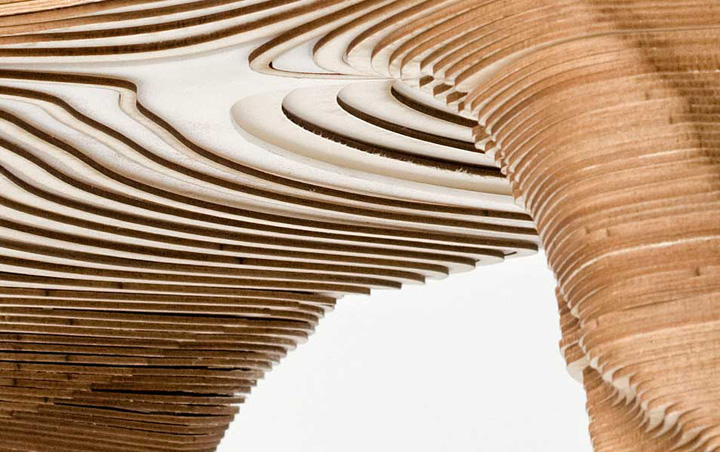
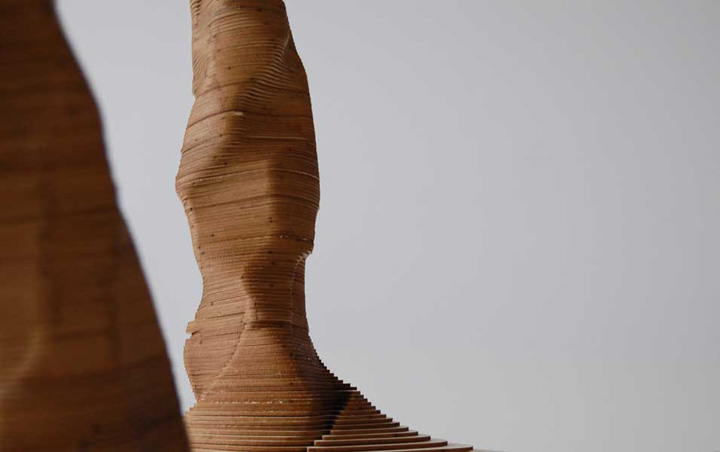

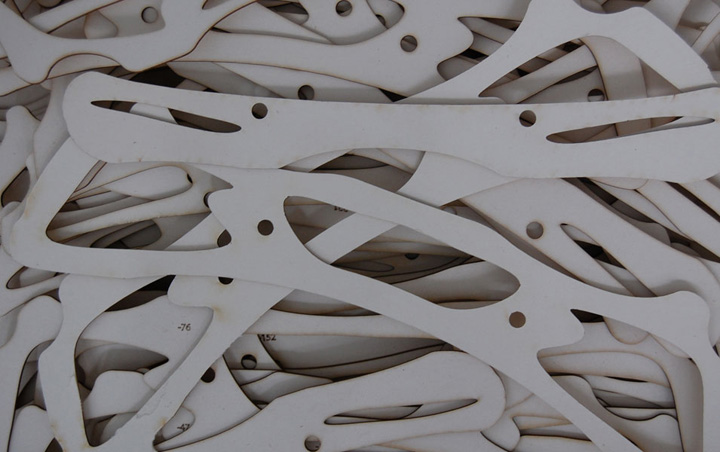
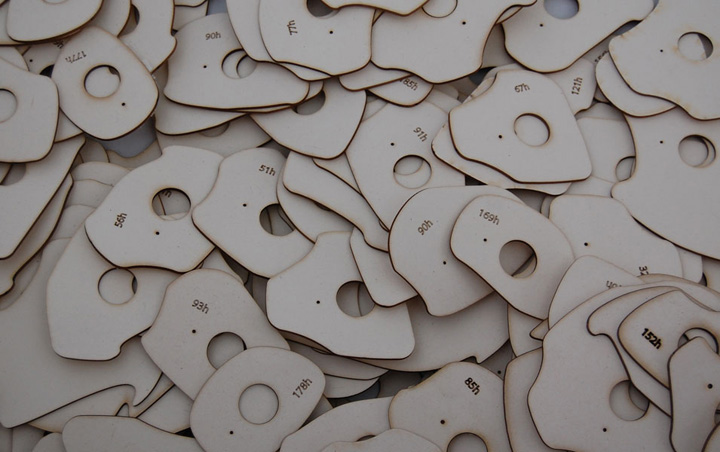
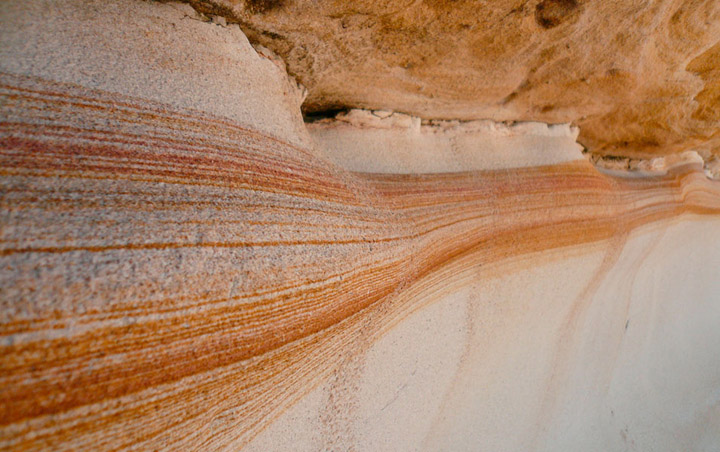
http://www.hermannaugustweizenegger.de








